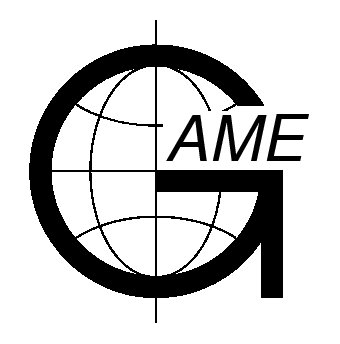Abstracts for the 5th International GAME Conf.

3-5 October 2001
Aichi Trade Center
Nagoya Japan
REGIONALIZATION OF SURFACE HEAT FLUX DENSITIES OVER INHOMOGENEOUS LANDSCAPE OF TIBETAN PLATEAU COMBINING SATELLITE REMOTE SENSING WITH FIELD OBSERVATIONS
Yaoming Ma (1), Hirohiko Ishikawa (2), Osamu Tsukamoto (3), Jiemin Wang (1), Toshio Koike (5), Tetsuzo Yasunari (6)
(1) Cold and Arid Regions Environmental and Engineering Research Institute, The Chinese Academy of Sciences, China
(2) Disaster Prevention Research Institute, Kyoto University, Japan
(3) Faculty Sciences, Okayama University, Japan
(5) Department of Civil Engineering, University of Tokyo, Japan
(6) Institute of Geoscience, University of Tsukuba, Japan
In order to better understand energy and water cycles over Tibetan Plateau, utilization of satellite remote sensing is indispensable. Three scenes of NOAA-14 AVHRR (June 12, 1998, July 16, 1998 and August 21, 1998) were used to produce a set of maps of NDVI, surface reflectance, MSAVI, vegetation coverage, surface emissivity, surface temperature, net radiation, soil heat flux, sensible heat flux and latent heat flux. Statistical analysis based on these maps revealed some quantitative significant land surface characteristics. The results show that: (1) the derived land surface variables, vegetation variables and heat flux densities for the whole meaoscale area on 12 June 1998 are in good accordance with the land surface status. These parameters show a wide range of variations due to the strong contrast of surface features in the study area. (2) not only on June 12, but also on July 16 and August 21, the derived surface reflectance, surface temperature, net radiation flux density, soil heat flux density and sensible heat flux density are close to the field measurements. The difference between the derived results and the field observation MAPD is less than 10%; (3) during the experimental periods, the derived net radiation flux density is larger than that in the HEIFE area due to the high altitude (the higher value of downward short-wave radiation) and land surface coverage of grassy marshland (the lower value of the upward long-wave radiation) in this area; (4) the values of surface reflectance, surface temperature, soil heat flux density and sensible heat flux density in June over this area is larger than these values in July and August. Net radiation flux density and latent heat flux density in June are lower than their values in July and August. The reason is that June 12 is the day before the Asia Monsoon. The land surface is dry that day. July 16 and August 21 are within and after Asia Monsoon. The land surface is wet and the grass is high and in growing; (5) the derived latent heat flux density in north PAM station is in good agreement with the measured values on June 12 (MAPD
Submittal Information
| Name : | Date : |
| |
| Organization : | Theme : |
Cold and Arid Regions Environmental and Engineering Research Institute, The Chinese Academy of Sciences | |
| Address : | Presentation : |
| |
| Country : | Abstract ID : |
| |
| Phone : | Fax : |
| |
| E-mail : | |
| |

